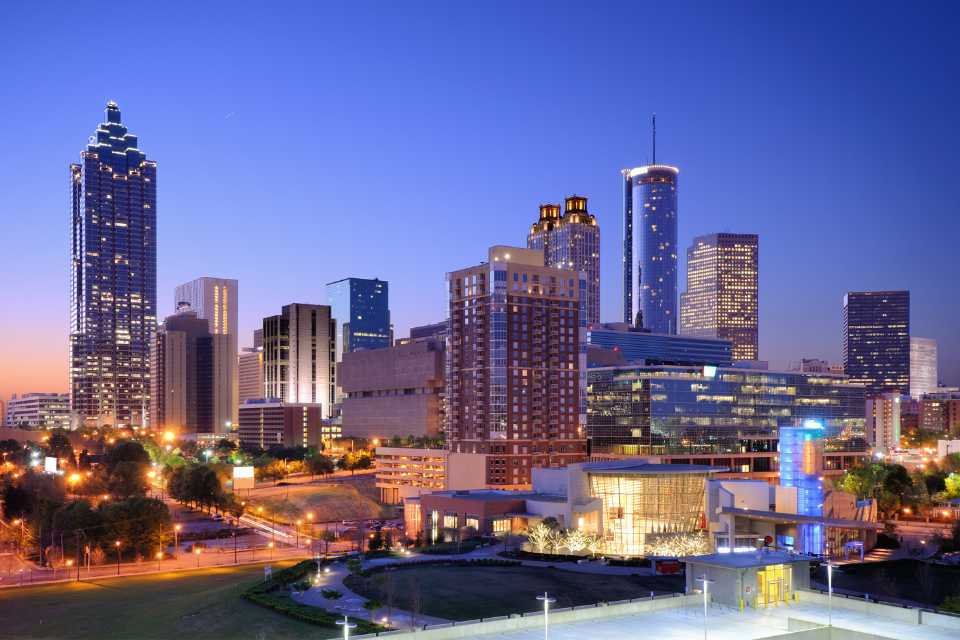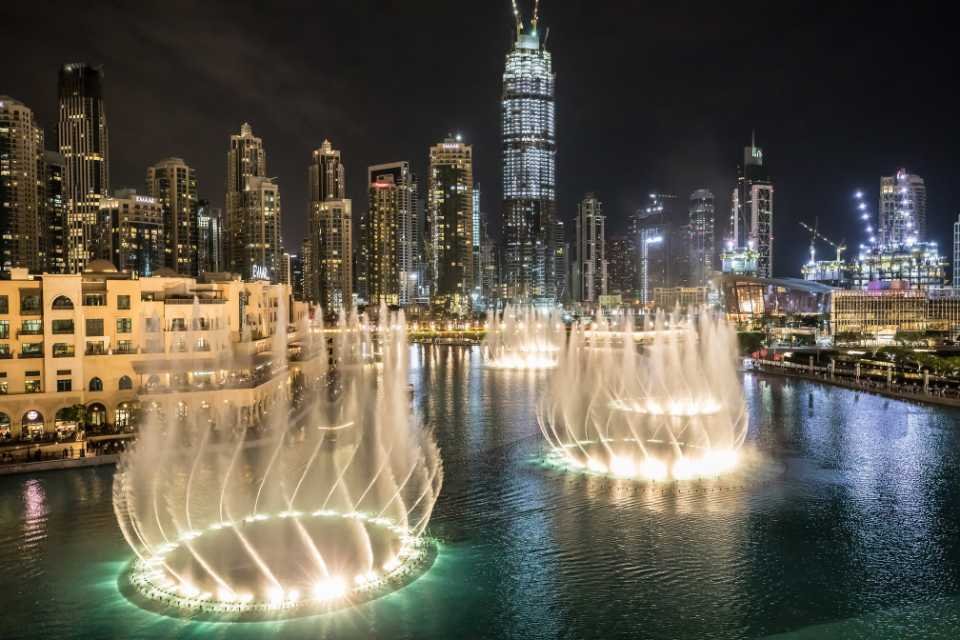Palais de Papes travel guide
Learn about France’s time as the seat of the papacy
When Pope Clement V fled Rome in 1309 because of civil unrest following his election, he erected the Palais des Papes, the greatest Gothic mansion ever built in the city. Its massive size serves as a reminder of the Roman Catholic church's mediaeval dominance.
About Palais de Papes
For more than seven decades, the palace functioned as the papal residence. Matteo Giovannetti's 14th-century chapel frescoes and the mediaeval hunting scenes in the Chambre du Cerf are two of the property's most notable features. Taking it all in on your own can be exhausting, so consider attending one of the tourism office's regular guided excursions.
Tickets now include 'Histopads' that show how the structure would have looked in its heyday with virtual-reality images of the huge halls, chapels, and antechambers surrounded by 3m-thick walls.
Since 1995, Unesco has listed the palace as a UNESCO World Heritage Site.
Palais de Papes location
The Palace is located in central Avignon, near the cathedral. Thanks to its size, it’s pretty unmissable!
Palais de Papes History
When Clement V was elected Pope in 1305, he opted to transfer papal power to Avignon to avoid political instability in Rome. Pope Benedict XII, in 1334, enlarged the ancient structures, which he had chosen to build on top of because they were originally part of a former episcopal bishop residence.
Benedict XII's old palace (the "Palais Vieux") and Pope Clement VI's new palace (the "Palais Neuf") were both built on the same location, which is actually two palaces.
Despite its opulence, many of the Popes had their sights set on returning to Italy at some point. During the reign of Pope Grégoire XI, the Holy See was returned to Rome, but two years later, when he died, the Palais des Papes reasserted itself.
It was decided that the city of Rome would pick a new Italian pope (Urban VI), and the city of Avignon would elect a new pope (Clement VII). As a result, the palace has come to represent the schism in the Catholic Church.
Clement VII, the so-called "antipope," promoted the arts and culture and made several additions, but the palace's status as the focus of Catholic life was dwindling. People in the church were confused of their allegiance to Rome or Avignon by the time Benedict XIII was elected antipope in 1394.
Benedict's reign saw two sieges, but he was eventually compelled to surrender in 1403; the Avignon papal dynasty came to an end and the papacy was returned to Rome for good.
Prior to the return of the papacy to Rome in 1378, seven French popes served in France.
What to see
Many rooms, including the private apartment of Pope Clement XVI and the frescos by Italian artist Mattio Giovannetti, can be seen by visitors.
Papal meals were held at the Grand Tinel, where five courses of four dishes each were offered. Pope Benedict XVI's table was elevated on a dais. Under a cover, the pope dined in silence. Guests were placed on benches along the walls, and the food was served from the centre of the room.
Throughout the year, the Popes' Palace hosts a variety of cultural events for guests. A large art show is displayed in the Great Chapel during the summer, and the most important performances of the Avignon Theater Festival are given in the Honor Courtyard of the Popes’ Palace during the month of July.
The Wine Cellar in the Palace of the Popes: known as the “Bouteillerie” is currently an education centre for the Côtes du Rhône where you can learn about the wines and buy some of the best.
The Great Chapel measures 52 metres in length, 16 metres width, and 20 metres high, making it a really spectacular space. Here, extravagant rituals were staged, including papal coronations and funerals.
Palais de Papes and wine
While in Provence, Pope John XXII decided to focus on the region's winemaking rather than Burgundy's since he was in love with the wines there. Vin de Pape, or "Wine of the Pope," is the name given to a variety of local wines.
The vacation home of Pope John XXII, known as Châteauneuf-du-Pape or the "New Castle of the Pope," was built near where he resided in opulence and style.
Although only a few of the original Papal vineyards remain in the area, the notoriously powerful red wine still bears the name – Châteauneuf-du-Pape.
Palais de Pape tickets
The palace is one of France's most popular tourist attractions and is open all year round.
More than 20 rooms are open to the public, largely but not exclusively in the Palais Vieux (Old Palace). Palais Neuf (the New Palace) serves as the starting point for the "hidden tour," which weaves in and out of the public parts of that wing.
You can book tickets in advance, but we would recommend a guided tour with a local expert to get the most out of your visit.
Where to stay nearby
Auberge de Cassagne
Auberge de Cassagne is a Provencal-style property in a wonderful garden within a few minutes' drive from Avignon's centre and the A7 highway exit number 23. Gastronomic establishment of international fame (chef Philippe Boucher, ex. Bocuse, Georges Blanc). Restaurant Provençal with a garden view and a terrace.
Hotel La Mirande
When you're staying at La Mirande, you're invited to explore the world of ornamental art. It is situated in the heart of Avignon's historic district, just behind the Popes' Palace, and features a stylish décor that evokes an 18th-century ambience and a tranquil way of life from bygone eras.
La Bastide de Gordes
Gordes' La Bastide, an authentic and exquisite former seigneurial mansion, lies tucked away in the heart of the hamlet. There are 41 accommodations, including 18 Suites and a villa, in the house's inventory. Enjoy a majestic Provencal experience by taking advantage of the many services on offer.
Other things to do in Avignon
Camargue
The Camargue is one of France's wildest and most beautiful environments, located in southwest Provence. Local gardeners tend to the herds of white Camargue horses and Camargue bulls, which are protected as a regional natural park and renowned for their herds (cowboys).
Pont du Gard
Pont du Gard is part of a 31-mile (50-kilometer) Roman aqueduct system that brought water from a Eure source to bathhouses, fountains, and noble residences in Nîmes, rising nearly 160 feet (49 metres). A UNESCO World Heritage Site, the ancient engineering marvel dates back to the first century AD.
Gordes
Provençal village Gordes sits on the Vaucluse plateau and was made famous by Peter Mayle's novel A Year in Provence. Gordes is often referred to be one of France's most attractive villages because of its maze of cobbled streets, honey-colored stone buildings, and mediaeval château.
Avignon Cathedral
Avignon Cathedral (Cathedrale Notre-Dame des Doms) is tucked away between the UNESCO-listed Palais des Papes and the high Rocher des Doms. Despite its modest exterior, the Cathedral's renowned bell tower, which is topped with a 4.5 tonne gold statue of the Virgin Mary, nonetheless commands the attention of onlookers.













